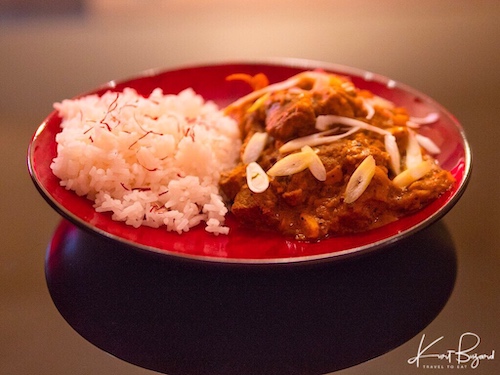
Korma or Khorma has its roots in the Mughlai cuisine of the Indian subcontinent. A characteristic Mughal dish, it can be traced back to the 16th century and to the Mughal incursions into the region. Kormas were often prepared in the Mughal court kitchens, such as the famous white korma, perhaps garnished with vark (edible leaves of silver or gold), said to have been served to Shah Jahan and his guests at the inauguration of the Taj Mahal. Classically, a korma is defined as a dish where meat or vegetables are braised with yogurt, cream or stock added. The technique covers many different styles of korma. The flavor of a korma is based on a mixture of spices, including ground coriander and cumin, combined with yogurt kept below curdling temperature and incorporated slowly and carefully with the meat juices. Traditionally, this would have been carried out in a pot set over a very low fire, with charcoal on the lid to provide all-round heat. A korma can be mildly spiced or fiery and may use lamb, goat meat, chicken, beef or game; some kormas combine meat and vegetables such as spinach and turnip. The term Shahi (Royal), used for some kormas indicates its status as a prestige dish, rather than an everyday meal, and its association with the court.
Saffron
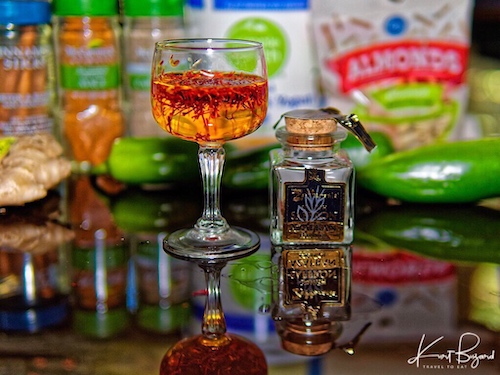
So from description above, this is traditionally a holiday dish, like for Christmas or Thanksgiving in the United States (surprisingly, Christmas is celebrated in India). India’s vibrant mix of cultures and religions greatly increase the chances that you’ll be pleasantly surprised by an unexpected celebration while traveling. Some of the major holidays are the Holi festivities which include colorful pigments thrown everywhere, Diwali the Hindu Festival of Lights and Thaipusam the Hindu festival celebrated by Tamil communities to honor Lord Murugan, the god of war. Ok, so for the holidays we pull out all the stops and top on my list is using real Spanish or Iranian Saffron rather than or in addition to turmeric. A small pinch adds brilliant color, aroma, and flavor. Desserts are another go-to, and saffron can tread anywhere vanilla does, such as custards and cookies. (The flavor profiles of the two are similar: sweet, heady, and musky.) Saffron takes best to light meat and vegetables, such as poultry, cauliflower, and onions. In this recipe I use a generous pinch of saffron since it is a heavy meat dish. For general cooking, it’s best to add saffron early on in cooking so its flavor can infuse into the other ingredients. If there’s water already in the pan, just crumble in the threads. Otherwise soak them in a tablespoon (or slightly more) of water for ten minutes before adding to the pan. Saffron threads are the stamens of the crocus, a high-maintenance flower whose climatory pickiness is matched only by its fickle yields. Each flower, which blooms for one week of the year, produces about three stamens which must be picked by hand, thus it is expensive, at least $20 for a couple of grams.
Mace, Cinnamon, Cloves, Charnuska, and Poppy Seeds
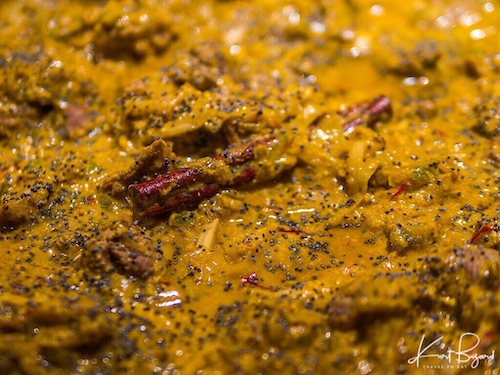
You will recognize several of these spices as typical holiday spices, Charnuska maybe not too much. Charnuska is found in traditional Indian, Lebanese, Armenian and Serbian cuisines. These gorgeous, deep black nigella seeds have a sharp flavor with hints of thyme, and are a beautiful and delicious addition to vegetable dishes or as a bread topping. Don’t sweat it if you don’t have them, they just add another layer of flavor. The poppy seeds have a deep blue-black color and a sweet, nutty flavor. I add them for the look of the holiday theme and because of the nuts in the recipe. Mace, which comes from the same tropical fruit that produces nutmeg, has a softer, fruitier flavor than nutmeg. You can substitute nutmeg but it tends to have a more Caribbean taste. Of course, fresh mace is better than powder. You can just delete these since the addition of nutmeg or mace is more of a Pakistani version of the recipe. I personally use two sticks of cinnamon and 6 whole cloves. These are sweet spices and you can substitute 1/2 tsp of ground cinnamon for the whole sticks, try to use the whole cloves.
Fruit and Nuts
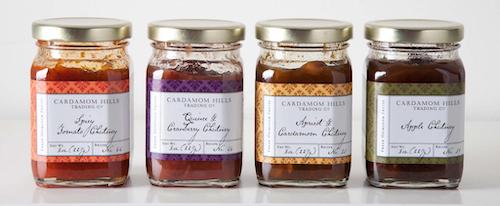
So, in the tradition of green beans or asparagus with almonds we consider the subject of mixing fruit and nuts with meat. Traditionally, almonds or cashews have been mixed with Korma. Certainly fruit and meat have been a thing with Moroccan Cuisine and there is a similar tradition with Korma. I love chutneys, a savory take on fruit in Indian cuisine, in fact I make a peach chutney for my neighborhood every year which seems well received. For whatever reason, I am not fond of fruit, in particular raisins with meat. Maybe dried and chopped apricots but definitely not raisins. Even in a holiday meal, I personally prefer a good chutney on the side rather than mixing the fruit with the curry. In fact, I often add a good chutney to Thanksgiving turkey rather than the boring cranberries everyone provides. That said, I like adding slivered almonds and/or chopped pistachios to Korma, although I add them late in the cooking process to keep them crispy, sometimes I actually toast them prior to adding them to the curry.
Yoghurt vs Coconut Milk
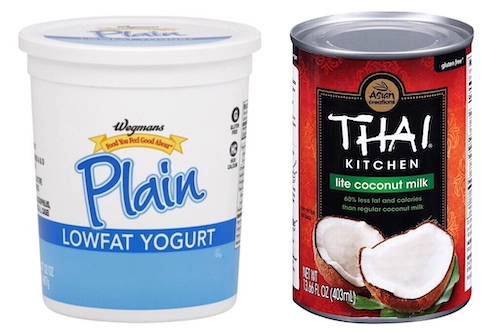
I have made this recipe on multiple occasions and I have tried to use the original plain yogurt. Every time, no matter how I cooled the curry, the yoghurt curdled when I added it. Added to this problem is the unfortunate fact that I really dislike plain yoghurt. One of my favorite dishes, Turkish Manti (Turkish ravioli) is routinely smothered with yoghurt, which I ask to be withheld, just because I hate plain yoghurt. For these reasons and the fact that I far prefer coconut milk over yoghurt, I urge you to take the southern Indian tradition of light or regular coconut milk to thicken the recipe.
Tomato Paste
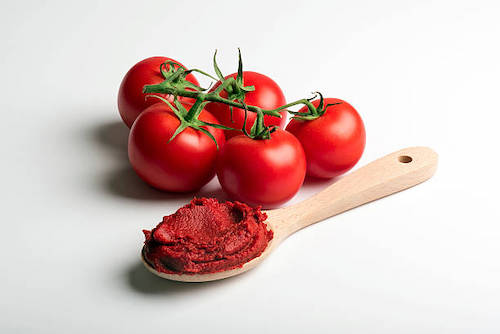
Obviously, the original recipe did not include tomatoes. Tomatoes are a New World product, and this addition may be problematic to many of my readers. Personally, I find the addition of tomato paste adds depth to the flavor profile but those of you who find the addition of tomato paste take this too close to a Butter or Tikki Masala curry can omit this.
Garlic, Ginger and Hot Peppers
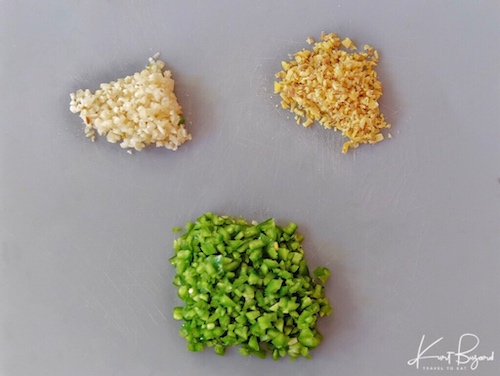
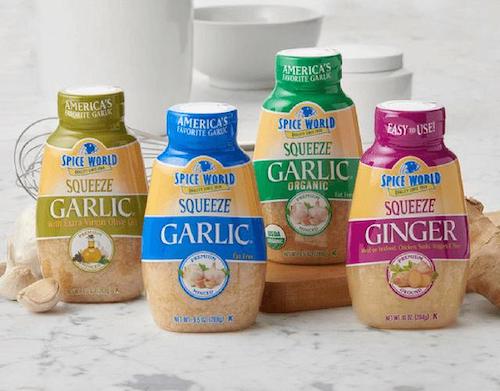
It is my belief that you cannot add too much garlic and ginger to a really good curry. Most western recipes suggest way too little of both ingredients as an inditement of the “delicate” western palate. I not only add fresh garlic and ginger but a generous squeeze of of both Spice World ginger and garlic. I have no problem using the Spice World products since I use them up within a few weeks and the convenience of not having to purée the ingredients far out ways the negatives. Hot peppers are an entirely different issue. I generally use large jalapeño green peppers and when properly prepared by removing the pith and seeds creates a nice low level of heat with 3–4 peppers. My love Lisa is very sensitive to spiciness and while I can add heat afterward, too much in the actual recipe will turn her away. Three large jalapeño peppers are just about right, decide for your own family.
Ingredients
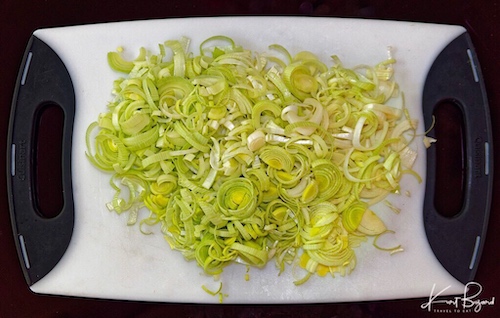
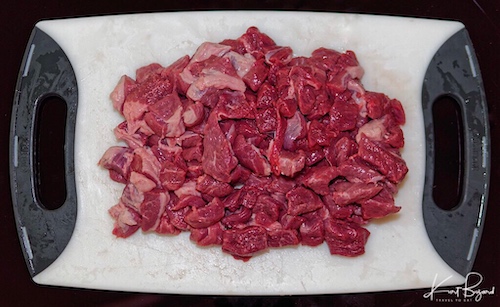
- 2 pounds lean, boneless lamb, cubed
- 3 leeks finely sliced
- small piece fresh ginger, chopped
- 8 cloves garlic, chopped
- a generous squeeze of Spice World Garlic and Ginger (optional)
- 1/4 teaspoon saffron, soaked in 1 tablespoon water
- 1 tablespoon of turmeric (optional)
- 3–4 hot green chili peppers, jalapeño, seeded and chopped
- 2 tablespoons tomato paste
- 2 tablespoons poppy seeds
- 1 teaspoon of Charnuska (optional)
- 2 small cinnamon sticks
- 6 whole cloves
- 3 blades mace or one teaspoon of ground mace
- 1 tablespoon cumin, and/or another tablespoon black cumin seeds
- 1 tablespoon ground cardamom
- 10 black peppercorns, personally I like pepper freshly ground to taste
- 3 tbsp Extra Virgin Olive Oil or Ghee
- to taste, salt
- 14 oz can of low fat coconut milk (Thai Kitchen or equivalent)
- 2 tablespoons blanched slivered almonds
- 2 tablespoons of chopped pistachios
Instructions:
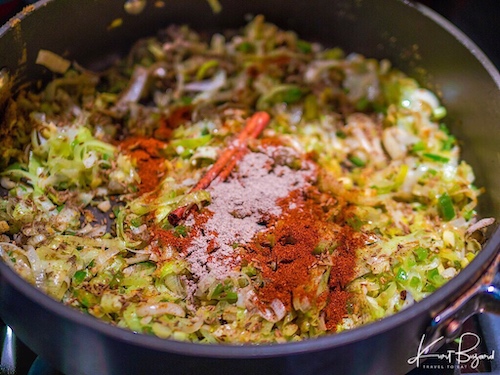
Start by cooking the leeks with a little oil or ghee on low heat. Add the fresh garlic, ginger and peppers. Once they have softened, add the cumin, cardamon, turmeric, cinnamon, mace, charnuska and cloves. In another minute or two, amazing aromas will begin to flow from the pan. At this point add the meat and increase the heat to medium. Sear the meat to give it a nice brown, add the tomato paste, saffron, poppy seeds, and a good squeeze of ginger and garlic. At this point you can add a small amount of water and transfer to the slow cooker. In the past, I have suggested 3–4 hours in the slow cooker but the meat came out dry, my current recommendation is 1–2 hours and check the the meat, if done, stop the cooking. I am coming to the realization that a low setting on the the slow cooker is not low on the cooktop. This is a pretty big deal and I am reviewing my past recipes. About 1/2 an hour before the conclusion of cooking, add the coconut milk. This will thicken the sauce and create the creamy sauce typically associated with Lamb Korma. The nuts can be added near the end or as a garnish on top.
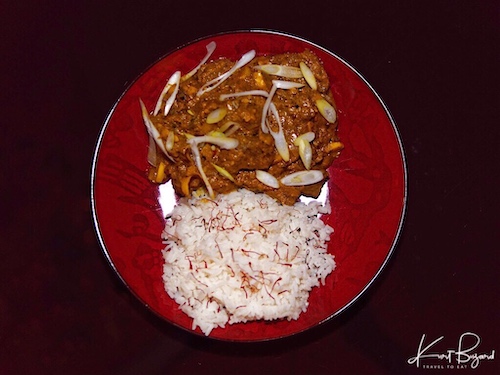
I garnished with green onions cut on the bias, I think the fresh onion adds a pop of freshness. Thank you and have a great holiday meal.
References:

